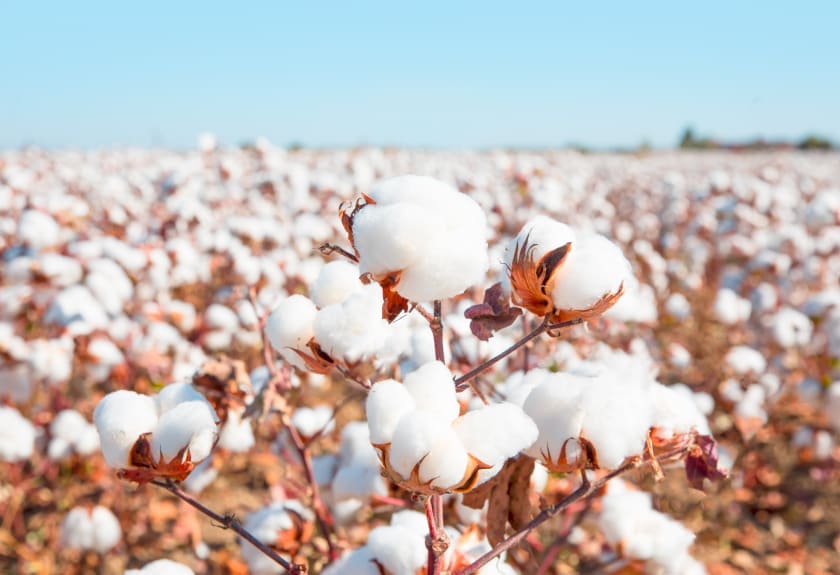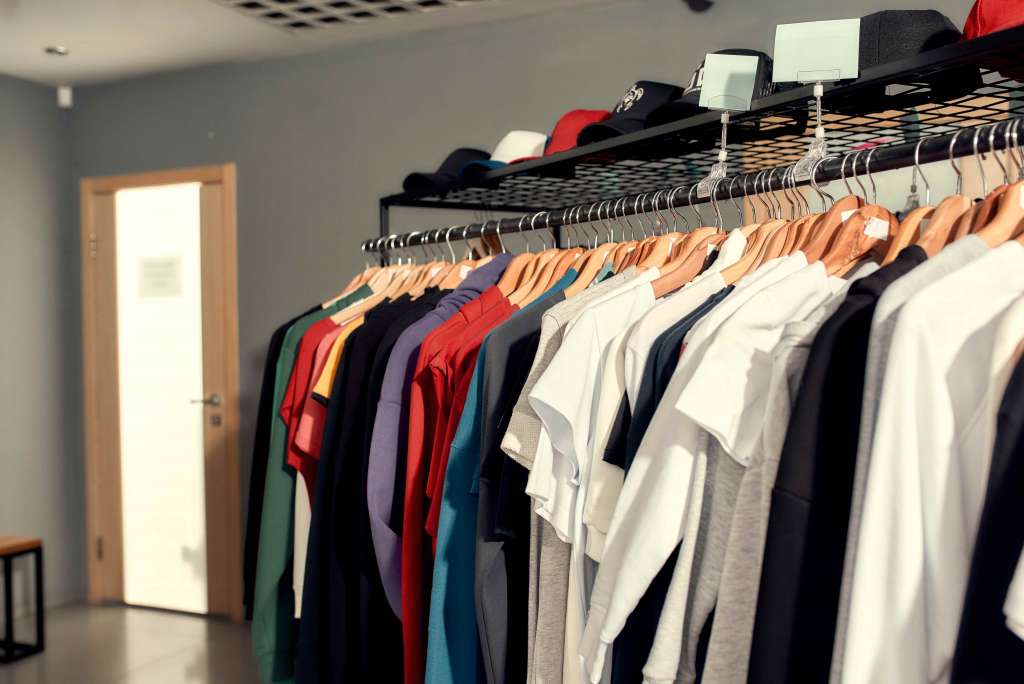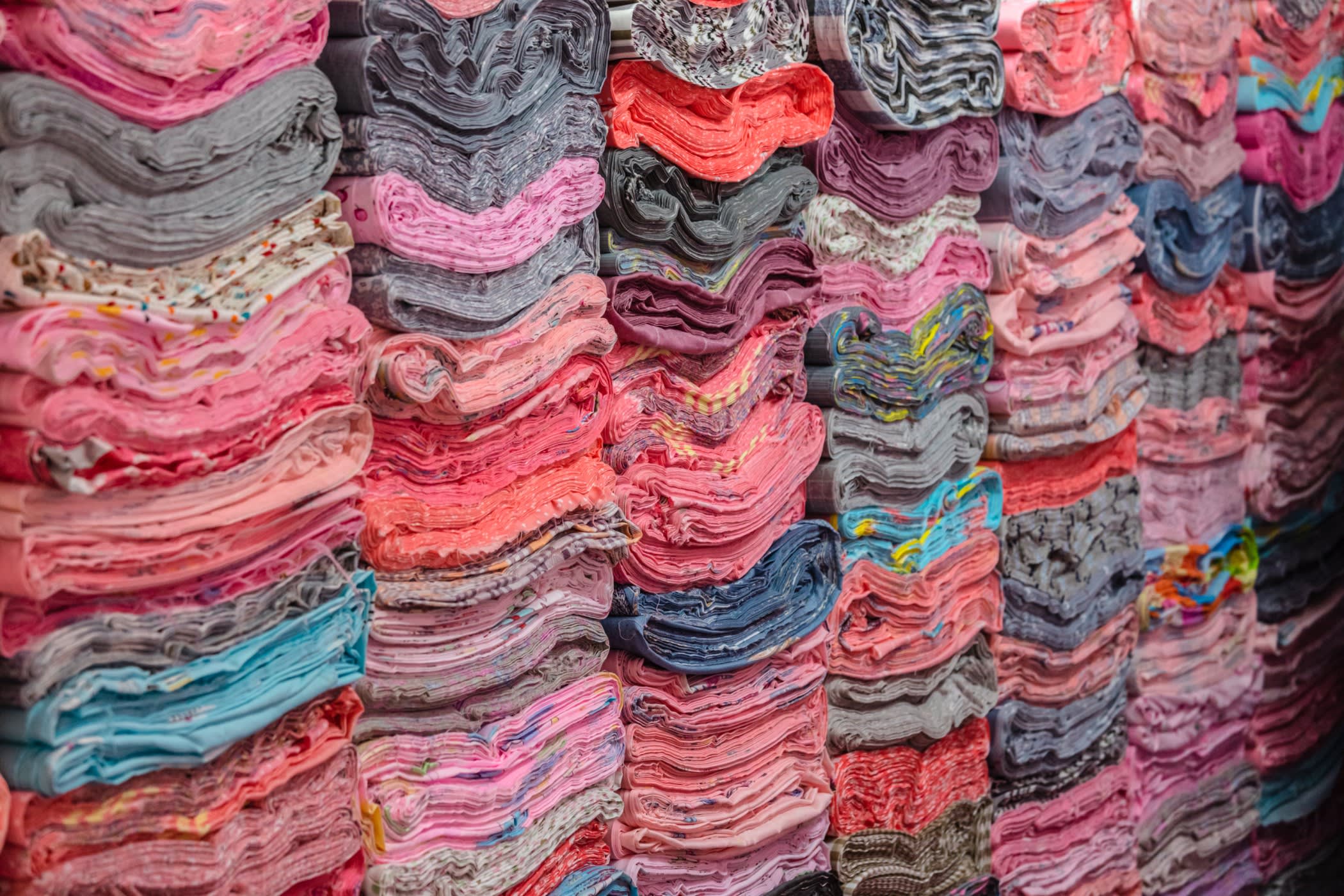Cotton Price Hike in Brazil: A Report from March



Summary: A new report by the CEPEA illustrates how Brazil's cotton industry will be impacted by its growing cotton prices. At the same time, prices are going up across the globe due to climatic conditions and more. What can apparel brands do to survive this situation?
Harvard University historian and Bancroft Prize winner Sven Beckert stated, "Today, cotton is so ubiquitous that it is hard to see it for what it is: one of mankind’s great achievements.” He goes on to say that the cotton business is essential to the development of the global textile industry.
That's why it comes as no surprise that when the CEPEA/ESALQ Index closed at BRL 7.2585/pound around March this year, textile manufacturers were hurriedly (and worriedly) analyzing the implications of the same. The high prices reminded experts of 1996 conditions when Brazil was forced to switch from being a net cotton exporter to becoming the world's second-largest cotton importer.
Prices of raw cotton are surging globally and there's nothing we can do about it. From resilient cotton bollworms to unfavorable climatic conditions, many cotton farmers worldwide can grow less high-quality cotton. Brazil is one such country that is experiencing such adverse effects.
As per the CEPEA report, many processors in March were working with the stocked cotton and/or receiving the product previously bought because of the hiked price levels during the month.
That led to questions about the volatility of cotton prices over the next few years. Some say that this will lead to global textile manufacturers and retailers hiking up the price of apparel. In June 2022, the price of apparel in the US rose by 0.8%, and it's expected that the price of clothing will just keep increasing.
Potential Gap In Global Cotton Supply Chain

Brazil cultivates approximately 1.6 million hectares of cotton a year. It is a key supplier for the global garment industry, exporting to China, Vietnam, Pakistan, and Turkey. Brazil mainly exports raw cotton to China, Bangladesh, Turkey, Pakistan, and Vietnam. These nations, especially China and Vietnam, are popular textile manufacturing hubs as well.
The above conditions may create a need for manufacturers to look for more affordable raw cotton sourcing alternatives. That could also create a gap in the supply chain as the price of cotton rises globally. This would eventually put pressure on other cotton-producing nations to fill the game.
Thus the question arises - who could step up to this challenge?
Sadly, this is situation is not unique to Brazillian farmers. Aside from Brazil, cotton prices from the other major exporters, namely US and India, have also increased. Cotton prices in India surged over 12% in August due to pests and heavy rains. In the US, hot and dry weather in major growing areas resulted in lower crop production and higher prices for cotton crops.
There are other countries such as Benin and Australia but the quantity produced is comparatively negligible. Therefore, it may be unavoidable for textile companies to spend extra money on raw cotton.
What Can Apparel Companies Do To Cut Costs?

- Use Advanced Software
ERP tools help apparel companies track their production processes, thus cutting overhead costs in shipping, payroll, financial reporting, etc. Many of these tools can be customized and would give you an in-depth look into how to cut costs wherever possible.
- Utilize Advanced Designing Technologies
3D design systems such as AutoCAD and 3Ds MAX could help create representations of the fabric trying to be produced, thus giving a better idea of how much yarn would be needed. That would also help reduce the need for physical samples and help create better cost estimates.
- Employ Project Management Software
Streamline processes related to task allocation, project mapping, sales reporting, and more, using software such as Trello or Basecamp. These can be accessed from anywhere, thus enabling globally distributed teams to function seamlessly.
- Keep The Workforce Healthy and Happy
This point is extremely obvious in today's hyper-aware consumer culture as healthy and well-rested workers are more productive. It's important to ensure your garment manufacturers and all those involved with your brands are getting the rest they need in between work. It's also good to make sure they're being treated properly with less pressure but more encouragement to meet their targets.
- Customer Relationship Management Services
For businesses with many clientele, customers need to be contacted and persuaded constantly. CRM tools such as Salesforce have commendable data analytics tools as well as beautifully designed email templates, and more, to help brands communicate more effectively to their target audience.
- Big Data and Business Intelligence
Essentially, it all boils down to technology paving the way forward for textile and apparel companies to cut costs wherever possible. Predictive analytics and other data-based software powered by artificial intelligence would help companies cut costs.
Bottom Line

At the same time, Brazilian farmers are increasingly thinking of switching over to organically grown cotton, which may be more ethical in the long run. There are also other ways to grow cotton, such as hydroponically, which may help get better yields. With such interesting developments in the world of cotton production, perhaps it would be a good idea to start researching ways to reduce costs in other areas.
Key Take Aways:
- Earlier this year, a report by the CEPEA revealed how Brazil's cotton has been increasing in price.
- The entire global textile industry will be impacted by this.
- Prices are also going up across the globe due to climatic conditions and more.
- Many Brazillian farmers are opting to try organic methods of farming cotton in a bid to produce better yields.
- Apparel brands would have to find different ways to cut costs to shoulder the burden of more expensive raw cotton.
- The technology could and should lead the way to help brands manage these.
We offer end-to-end production management to ensure high-quality work from design to production to delivery. We use technology to track orders in real-time, communicate with our global family of textile workers, and receive live footage of the production process. You know, to keep everything transparent and clean.
That's why it's so important for companies to finalize which steps they want to (and can) reduce their costs and pivot to newer technologies. Partner with Fashinza and take the necessary measures to ensure your brand is more than ready for the changes to come.



















